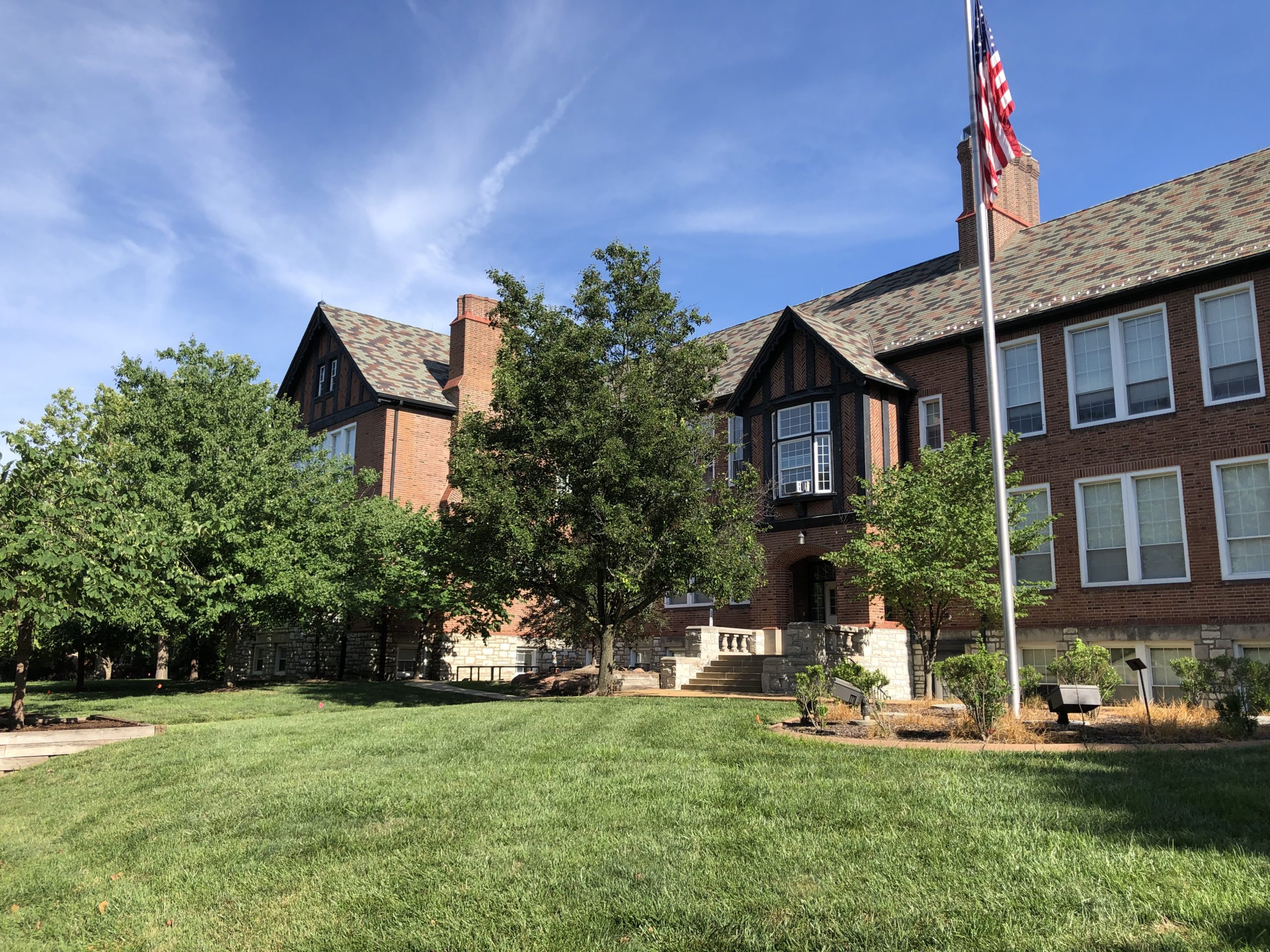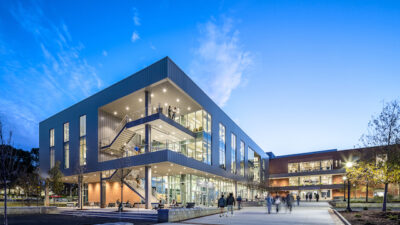CannonDesign offers advice on what will change for schools in the St. Louis area and how the education experience will change.

Trevor Calarco and Stuart Brodsky from CannonDesign connected with the St. Louis Business Journal to share ideas on how design can help colleges and K-12 schools reopen this fall.
As the piece indicates, “Many St. Louis colleges are announcing plans for on-campus instruction” and K12 institutions are also planning to reopen. If this all happens, the duo shared that in-person education will look different. A lot of the norms of what has been used to deliver education have been sort of stripped away,” Brodsky said in the piece.“So there are a lot of conversations out there bout what the next normal is going to look like, because there are opportunities to really think about the way education is delivered.”
Changes at K-12 and higher ed
Fewer students per classroom
Brodsky and Calarco said students in classrooms or lecture halls will be spaced at least six feet apart to reduce chances of Covid-19 transmission. To accommodate everyone, classrooms will likely use a hybrid distance and in-person learning model. For example, half of a class might listen to a lecture on site, while the other half would watch a live stream from their homes. Some schools might implement a staggered system of students alternating between in-person and online learning.
At K-12 schools:
Learning in the gym or cafeteria
Because distancing requirements will limit the number of students allowed in classrooms, “we’re going to need to explore other parts of the buildings,” Brodsky said. He said schools are looking into placing students in gyms, cafeterias and libraries.
Mobile classrooms
In extreme cases, some schools may put students into external, mobile home-style classrooms.
“Some schools have those mobiles on site because they’re already busting at the scenes and need additional capacity,” Brodsky said. “One of the challenges is going to be, how much does a school want to invest in some of these physical changes … versus making other operational changes that don’t cost as much.”
A/B scheduling
Brodsky said schools can limit the possible spread of Covid-19 by limiting student movement. At many K-12 high schools, students attend about seven classes a day. However, some schools use A/B scheduling, which block classes into longer time periods on “A” and “B” days. Because A/B scheduling means each student has to visit fewer classrooms per day, Brodsky said more schools will likely look into adopting it.
At college campuses
Renovated rec centers
Even if college gyms and rec centers distance their equipment six feet apart, Calarco said the prospect of a big exercise facility with hundreds of students inside might become unappealing. Colleges may decentralize by introducing multiple smaller exercise facilities around campus, such as inside residence halls.
Isolation floors
Speaking of residence halls, Calarco said that while it might be optimal to make every dorm room single-occupancy, that’s not feasible due to space and money constraints. Instead, residence halls may designate “isolation floors” for people who have or are suspected of having Covid-19.
Block courses
Like K-12 schools, Calarco said, colleges are “trying to minimize the number of rooms and events that the cohort goes to.” Historically, the typical college class meets two to three times a week for an entire semester. A student with five classes a week would visit five different classrooms multiple times each week. To cut down that movement, colleges are considering creating “course blocks,” in which students would take a three- to three-and-a-half-week class for three hours every day, then move on to the next course.
This article originally appeared on CannonDesign’s website. CannonDesign is a CFE Media content partner.



